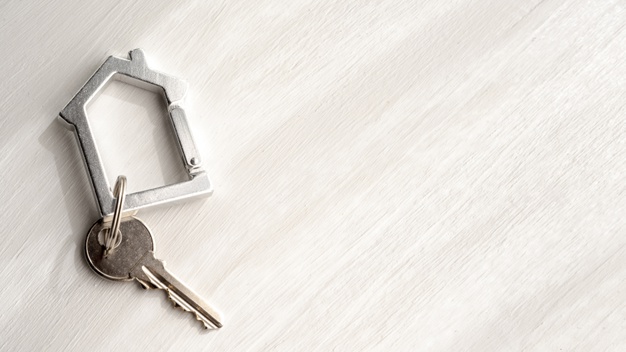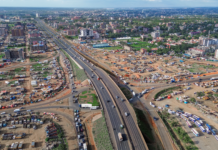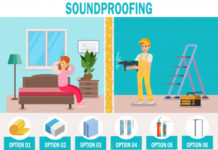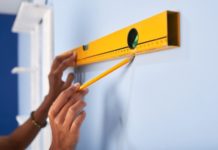Home buying hurdles exist — but research, creativity and flexibility will help you clear them. Kenyan homebuyers today face tough challenges — housing prices have soared, a shilling doesn’t go as far as it once did and rent is more expensive than the past.
How are people today making such a large purchase despite these hurdles? With more flexibility and a bit of financing creativity, today’s Kenyan homebuyers are finding ways to achieve homeownership.
Know your options (and credit score)
The first step to knowing if you can afford a home is figuring out what financing options are available to you. Including what mortgages you’re eligible for and how much you need (and can afford) to put down upfront.
Learning the minimum credit score required by lenders and understanding your own credit score are important starting points.
Many home shoppers aren’t sure how much they have to put down on a home, what the lender-required minimum down payment will be (it’s not always 20%), or what programs are available to help with down payments.
Before Kenyan homebuyers even start thinking about saving for a home, they should know what their financial resources are and if they’re eligible to buy.
See Also: How To Build Your Credit Score
Make enough money to save
With fewer resources to pull from than their older, wealthier counterparts, renters wanting to buy face tough financial headwinds.
Most Kenyan renter households typically earn a median income of Kes 360,000 (Kes 30,000 per month) annually, which is nearly less than the median household income netted by households who recently bought a home.
While there are ways to enter into homeownership without making a lot of household income, it’s hard to afford to buy if you make significantly less. If you’re making Kes 360,000 per year, it’s probably not feasible for you to buy in almost any market.
While households purchasing homes are more likely to have two incomes than renter households (and thus a higher median household income combined). But even two-income households struggle to afford to buy in competitive markets.
Save enough cash (but not as much as you think)
One of the most daunting parts of home buying? The down payment. In fact, two-thirds of renters find saving for a down payment as the biggest hurdle to buying a home.
For people buying the basic home valued at Kes 4,500,000 with the traditional 20% down payment, that’s Kes 900,000 upfront — just to move in.
The down payment remains a hurdle for a lot of people. But they should know they don’t have to put 20% down.
Although putting down less than 20% means additional considerations, such as the cost for private mortgage insurance (PMI), some find it worth the hassle.
Buyers are also getting creative about piecing together a down payment from multiple sources. Some buyers who get a mortgage also get help in the form of gifts or loans from friends and family to come up with a down payment.
Know your deal breakers, but be flexible
To get into a home — even if it’s not the home of their dreams — some of today’s buyers are considering homes and locations outside of their initial wish list and getting increasingly flexible when it comes to a neighbourhood, house condition and even home type.
Affordably priced homes do, in fact, exist. But in popular areas, where people most often want to live, it’s going to be harder to find that cheaper home.
If you’re willing to take a longer commute and make a couple of trade-offs, you might be able to find a home that is farther out that might be cheaper. You have to leave the paved path before you can find cheaper choices.














